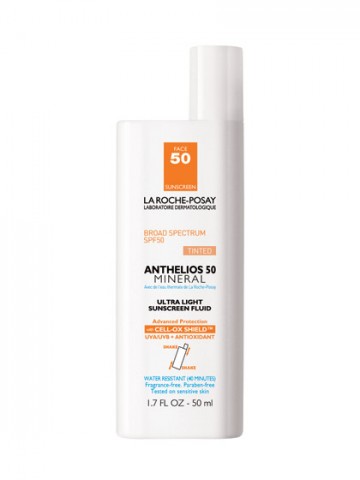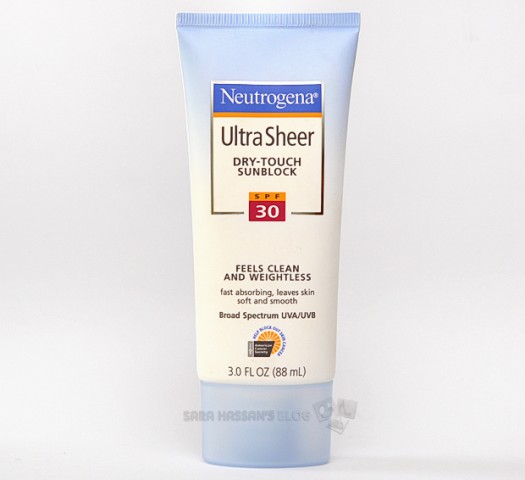Sunscreen vs. Sunblock (What you should know)
Sunblock vs Sunscreen?
What is the difference between the 2?
Now in my mid 40’s, I’ve taken to apply sunblock on my face due to previous sins committed in the past when I lay baking in the sun for hours with tanning oil as protection. I used to tan with Coke and Baby oil slathered together on my face and body just to get that golden look. Remember those days?
Well, 2 decades later, it’s payback time with the appearance of dark pigmentations on my left temple and cheeks and moles and freckles under my eye area. I haven’t gotten the nerve to use laser treatments yet as I have been trying medical grade creams like hydroquinone to lighten them. Unfortunately, I have decided to take charge of the condition of my skin only lately with the hope of delaying the ageing process.

Here’s the lowdown.
Sunscreen vs. Sunblock
Sunscreens are products combining several ingredients that help prevent the sun’s ultraviolet (UV) radiation from reaching the skin. Two types of ultraviolet radiation, UVA and UVB, damage the skin, age it prematurely, and increase your risk of skin cancer. UVB is the chief culprit behind sunburn, while UVA rays, which penetrate the skin more deeply, are associated with wrinkling, leathering, sagging, and other light-induced effects of aging (photoaging). They also exacerbate the carcinogenic effects of UVB rays, and increasingly are being seen as a cause of skin cancer on their own. Sunscreens vary in their ability to protect against UVA and UVB (Source)
Thick creamy lotions are known as sunblocks. These contain minerals like zinc oxide and titanium dioxide that physically create a barrier against both the sun’s UVA and UVB rays. Sunblock is usually white, thicker and remains visible after you put it on. Sunblock is best used for anyone planning to spend hours in the sun at a time, like sports activities. Most of us don’t like the idea of being covered head to toe in what looks like white gunk, and choose sunscreen, regardless. It’s not pretty, but those are the facts. (Source)
Personally, I now use Sunblock even on my face despite the heavier consistency and blend away. This is what I use on a daily basis due to the dark pigmentation on some areas on my face.
What type of sun protection should you use?
It really depends on how much sun exposure you’re getting on a daily basis. According to my dermatologist, she said that sunscreen is enough to wear on a daily basis, while if you are going to be outdoors on a longer basis, sunblock will be the wiser choice to use due to the prolonged stay under the sun.
How much should I use?
For the face, a teaspoon full will suffice while for the body about a shot glass full or 1 oz. if you are planning to stay for a longer period of time outdoors and reapply after 2 hours. Apply on exposed parts of the face and body 30 minutes prior to sun exposure so ingredients will be fully absorbed on the skin.
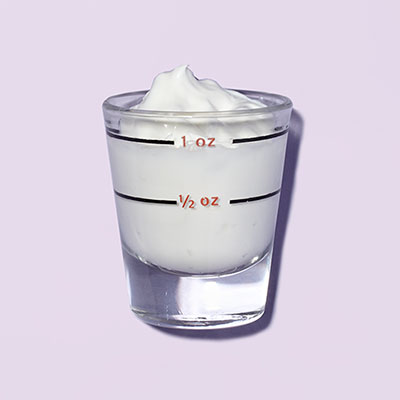
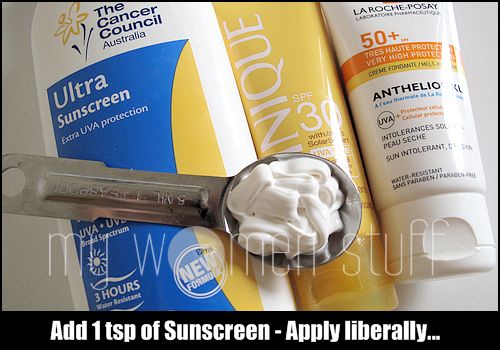
What is SPF?
It simply means “Sun Protection Factor”. For example, if your unprotected skin turns red after 20 minutes under the sun, a sunscreen with an SPF of 15 means you can be exposed to the sun 15 x longer or about 2.5 hours without turning red. It is a measure of one’s sun exposure using the product versus one going out with bare skin. I think one is safer to use protection that has an SPF of 30 which according to studies blocks out 97% of the harmful rays while that of an SPF with 45 blocks out 98% of the harmful rays. This also goes without saying that depending on where you live, the strength of the sun’s rays and time of day you are exposed, it is imperative that you choose your sunblock protection appropriate to these conditions. (Source:)
What about a higher SPF like 50 or 75?
It really is a marketing ploy more than anything according to the FDA. A higher SPF does not increase your sun protection. Unfortunately, we buy the highest SPF possible thinking that we we are protected for a long period of time and we end up not re-applying. A lower SPF is still the best option to use which can offer the same protection.
What are the effects of SPF in Moisturizer or Makeup?
A 2001 study at Wake Forest University showed that, within two hours, liquid and cream foundations often slide around and gather in pores and wrinkles. After just a few hours in normal temperature and humidity conditions, the SPF you get from makeup can be considered ineffective by the way foundation wears off. (Source:)
Here’s my take on maximum protection strategy.
1) Cleanse the face, next apply a moisturiser with an SPF of 15. Good ones to try are Neutrogena and Olay which are easily absorbed by the skin. Choose that are labeled broad spectrum sun protection like Parsol 1789 and Mexoryl. You may use your favourite BB or CC cream and stop here or if you want a medium coverage, proceed to step 2. I use Lorea’l Garnier BB cream on occasions I don’t want full coverage. Judy of itsjudytime does a good review on this which got me sold on Garnier more than Maybelline.
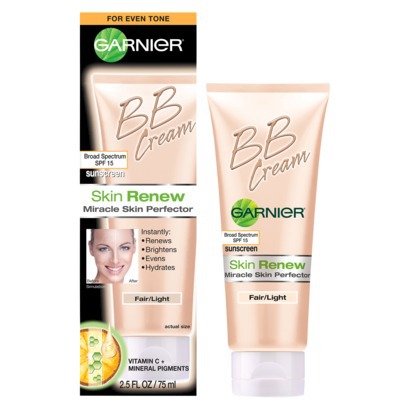
2) Once absorbed, apply your foundation with an SPF of at least 15. Apply powder. While powder does not have an SPF, it contains zinc oxide a mineral that that acts as a barrier to sun damage. Nice product to try is Bare Mineral powder foundation.
3) If you are allergic to Parsol or Mexoryl, you may use a stronger sunblock one with titanium dioxide as they are not absorbed by the skin, they sit on the surface of the face and reflect sun damage away due to their thick consistency. One caveat is that a whitish cast on your face is seen when you are photographed with flash. I choose sunscreen instead if I need sun protection.

If these steps are too much for you, opt for a powder foundation with SPF instead. Remember that in order to maximize sun protection, make sure you use a sunscreen option, whether it’s a moisturizer, makeup, powder, or all three.
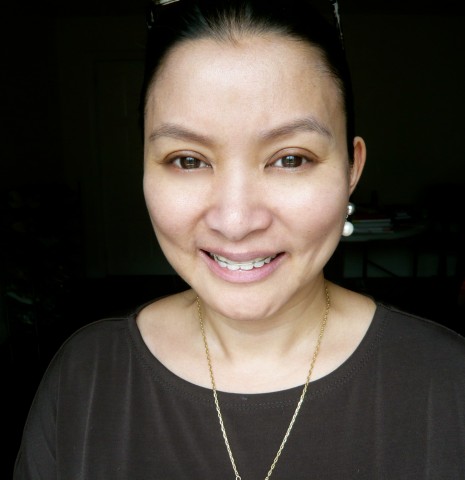
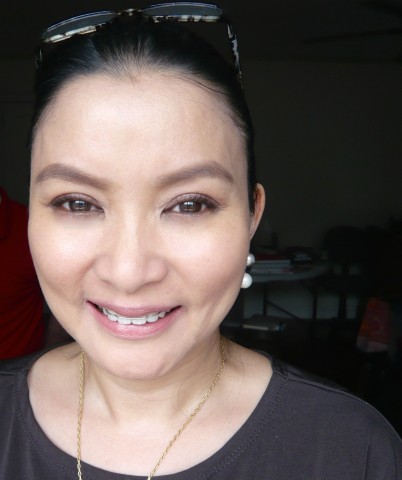
Stay safe and love the skin you’re born with by protecting it. Happy Summer!

